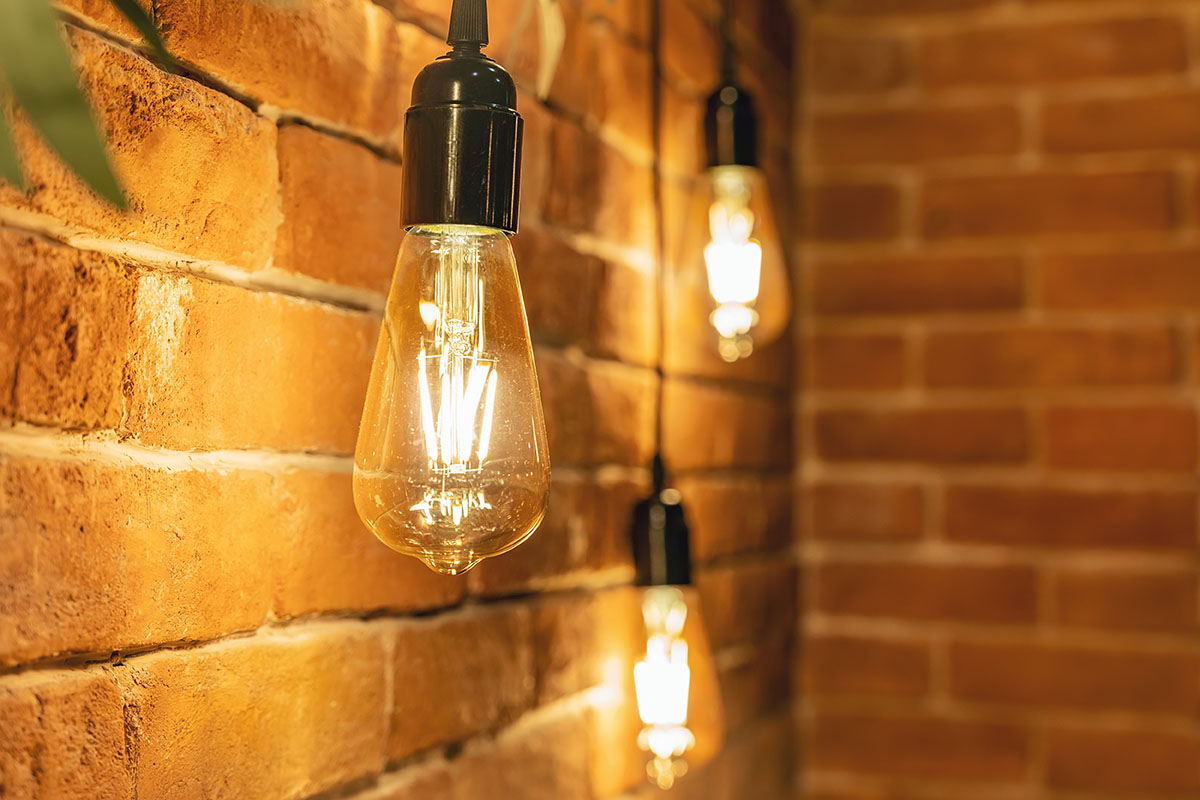
< Back
filament
Definition
A filament is a thin, thread-like structure. It can be found in many different things, including light bulbs, muscles, and plants.
In a light bulb, the filament is the thin wire that glows when electricity passes through it. The filament is made of a material called tungsten, which has a high melting point. This allows the filament to heat up without melting. The filament is typically coiled into a spiral shape to increase its surface area and allow it to heat up more quickly.
In muscles, the filaments are the long, thin strands that makeup muscle tissue. The filaments are made of proteins called actin and myosin. When these proteins contract, they pull on each other and cause the muscle to shorten. The actin filaments are arranged in parallel, while the myosin filaments are arranged in a staggered pattern. This allows the myosin filaments to "walk" along the actin filaments, causing the muscle to contract.
In plants, the filaments are the thread-like structures that make up the stem and leaves. The filaments are made of a material called cellulose, which is a type of carbohydrate. Cellulose is strong and flexible, which makes it ideal for supporting the weight of the plant. The filaments are arranged in bundles, which give the stem and leaves their strength.
How can the word be used?
The plant's stamen had a long, thin filament.

Different forms of the word
Noun: filament, filaments.
Adjective: filamentary, filamentous.
Verb: filamentize, filamentise.
Etymology
The word "filament" is derived from the Latin word filum, which means "thread". The Latin word filum is thought to be derived from the Proto-Indo-European root *gwhī-, which also means "thread".
Question
Where can you find a filament?
AQA Science Exam Question and Answer
Question:
Explain the role of filaments in light bulbs and their contribution to the process of light production. Describe the material and properties of filaments that make them suitable for this purpose. Provide real-life examples of how filaments are used in different types of light bulbs.
Answer:
Filaments play a crucial role in incandescent light bulbs, contributing to the process of light production. The filament is typically made of tungsten, a metal known for its high melting point and durability. When an electric current passes through the filament, it resists the flow of electrons, generating heat. The filament heats up to extremely high temperatures, causing it to emit visible light as a result of incandescence.
The material and properties of tungsten filaments make them suitable for this purpose. Tungsten can withstand the high temperatures necessary for light production without melting or degrading quickly.
Real-life examples of filament use can be seen in traditional incandescent light bulbs found in households. However, with advancements in lighting technology, LED (Light Emitting Diode) bulbs and CFL (Compact Fluorescent Lamp) bulbs have become more popular due to their higher energy efficiency and longer lifespan compared to incandescent bulbs.